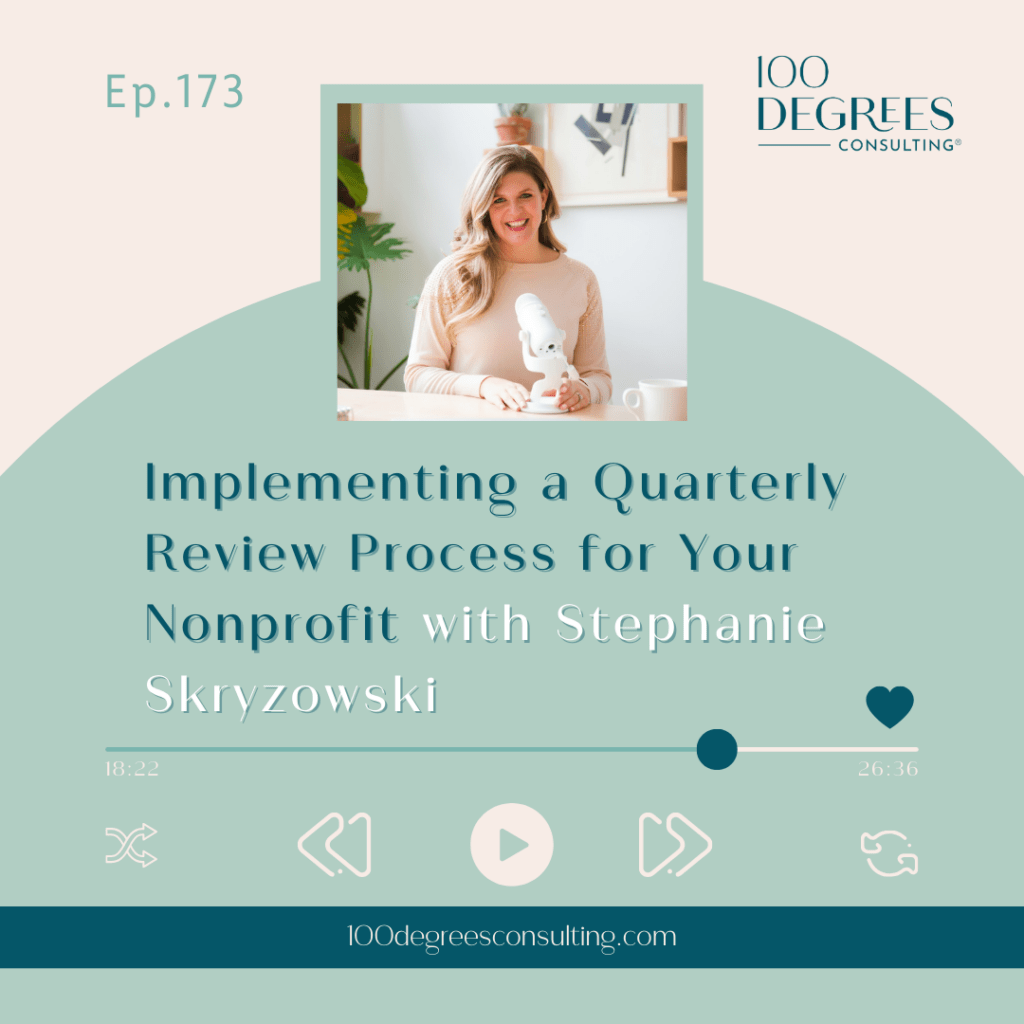
I listen to a LOT of podcasts about entrepreneurship, and many specifically about marketing because I have a TON of knowledge to be gained in that arena. Marketing feels about as foreign to me as speaking Nepali or playing chess, but it’s an absolute necessity for an entrepreneur.
One of my favorite podcasts is Building a StoryBrand with Donald Miller. The guy is a marketing and storytelling expert and an intellectual, but not pushy or over the top like other marketers I’ve listened to. His guests are the best of the best, brightest entrepreneurs of our time.
He recently did an episode with Tim Arnold all about embracing tension.
One theme that came out of the episode was the idea that binary thinking is the enemy of creativity. In other words, when we think of every situation as having a right and a wrong, a good and a bad, we get stuck. We inadvertently cross off the thousands of other potential solutions out there which limits us as leaders and the organizations we run. Now, as an analytical numbers person I do often see things in black and white but…
They discussed one particular dichotomy that got me thinking:
Structure vs. Flexibility
First, we need to get rid of the “versus” according to the idea of embracing tension. There is no fight or struggle between structure and flexibility because we can – and should – have room for BOTH structure AND flexibility in our work, home, and relationships. We should embrace the tension between structure and flexibility.
Here’s how I thought about applying this to my business.
Routines, systems, and workflows are important. I have processes in place that allow me to answer emails, prioritize tasks, onboard a new client, analyze a client’s financial statements, and close a client’s monthly books. It took a great deal of time, experimentation, and analysis to get all of these systems set up, but now many of these tasks run on autopilot. There is a great deal of structure to the work that I do. In the same way, there is structure to my day. I start each work day with a short period of journaling, followed by assembling my overarching to do list, and blocking off time to complete tasks, answer emails, and hold calls.
But what are systems and schedules and workflows without flexibility? If I don’t allow myself to remain agile and nimble, one new client or unexpected deadline would have my business crumbling to the ground, and me picking up the pieces each and every time. I must remain flexible in order to be adaptable to change.
Here’s how you can apply this to your organization, specifically around financial leadership.
Of course systems and schedules are vital when it comes to the IRS and other governance matters. We can certainly remain flexible, but typically, a deadline is a deadline and we simply must plan for it.
However, one area where I see organizations getting tripped up constantly is around flexibility in financial reporting. They run the same set of reports month after month because it’s part of their process. They get so stuck on autopilot that they lose sight of nuances, details, and opportunities. Their structure is at battle with their flexibility, and instead of embracing the tension they simply choose structure.
So here’s how you can embrace this tension to be more flexible with your financial leadership.
- Build a culture of structure AND flexibility within your team. Your team needs to be as flexible AND structured as you are. Without discipline, a finance team will inevitably miss deadlines, but without flexibility they may also miss opportunities for funding or new and exciting programs.
- Run the right reports at the right times. The standard income statement and balance sheet might not cut it every month. Wondering why your cash balance is low? Dig deep into your A/R Aging report. Thinking about increasing investment into a particular program? Run a P&L by program to see how profitable it currently it. There’s SO much information hiding in your financial statements that leaders often MISS.
- Conduct a systems and processes audit. This audit can simply be a review of your systems to ensure you’ve got the structure to success and the flexibility to take on new opportunities as they arise. Maybe you need to lighten up on arbitrary deadlines or tighten up on accuracy. Document standard operating procedures (SOPs) from beginning to end to find gaps or weaknesses where you can import new structure or flexibility.
Do you learn more towards structure or flexibility in your home and work life? How can you strike a greater balance between the two at work and at home?
Interested in building this culture of structure and opportunity into your organization but don’t know where to start? We do this ALL the time for clients, so drop a line and let’s chat.




















